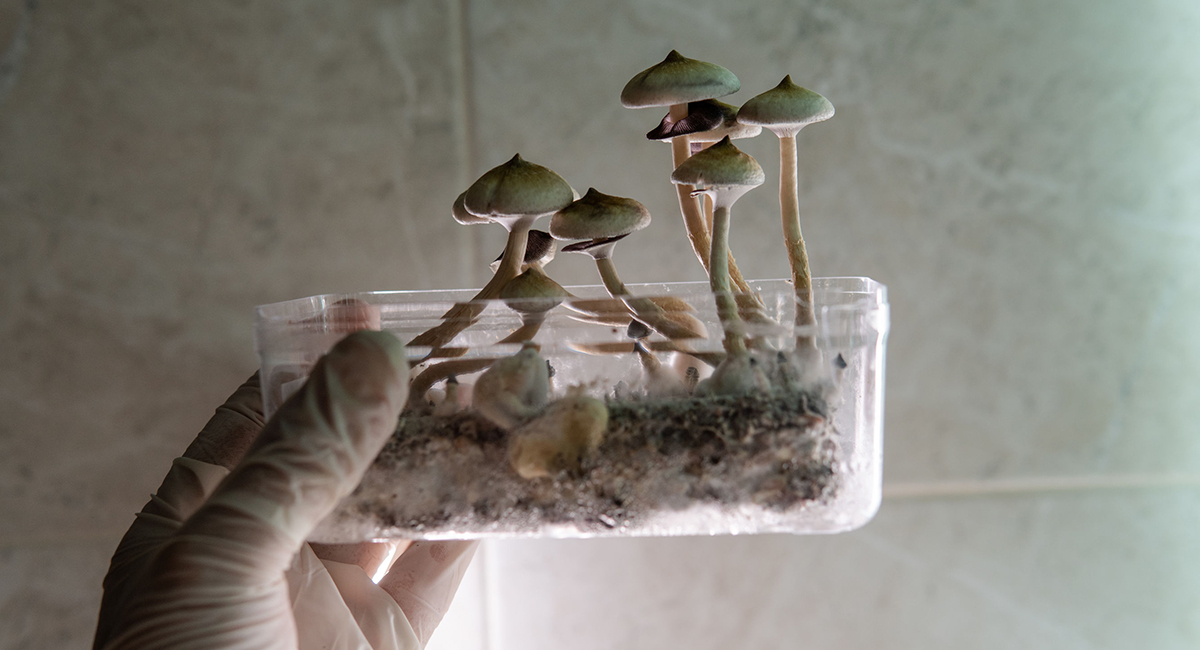Over 25 percent of US adults have a diagnosable mental illness, an alarming five-percent increase from just a few years ago. While some mental illnesses are temporary and can be treated, those with severe cases—about 5 percent of the population and growing—are not so fortunate. The Food and Drug Administration (FDA) is about to make a decision that could either help millions of Americans struggling with mental illness or leave them struggling, as mental health concerns rise across the nation.
In June, the agency drafted guidance to introduce a pathway for psychedelic drugs to be approved for patient use like other prescription drugs. The FDA is primarily concerned with how to develop clinical trials for psychedelic drugs that can meet their typical standards.
It’s a difficult task. Psychedelics would likely have to be manufactured differently to meet FDA protocol. Their side effects would need to be documented and assessed. Designing standard placebo tests is also a challenge.
These and other considerations must be carefully thought out before the FDA is willing to create a pathway for easier access. Sadly, the FDA is known to be overly risk averse, even at the cost of patient wellbeing. This is especially true for so-called “party drugs,” with a mysterious and sometimes taboo past.
But these concerns are tiny compared to the promise psychedelic treatments provide, given the state of mental health in the US.
Severe mental illnesses can decimate a patient’s quality of life and make mundane activities an overwhelming challenge. Available treatments for the severely mentally ill are often unreliable and potentially harmful. For example, psychiatric medications can take months to work and have concerning side effects even when they help.
Most psychedelics, including ecstasy and MDMA, can induce euphoria even when users confront traumatic experiences. Processing traumas is vital to treating post-traumatic stress disorder, which affects 9 percent of the US population and is linked to severe mental illness.
Using psychedelics to treat severe mental illnesses is no far-fetched reach, hoping to provide solutions for complicated medical conditions. Modern research and medical history are clearly on their side.
A recent study published in Nature Medicine, one of the most respected academic journals, finds ecstasy used under medical supervision helped thousands of participants confront their PTSD. Well before then, psychiatrists distributed over 500,000 doses of psychedelics to help Vietnam War veterans work through combat-related PTSD.
While small in number, those who have undergone psychedelic therapy treatments through these limited clinical trials can personally attest to the good these drugs can do.
Consider the heartbreaking story of Rachel Kaplan, who endured extreme abuse as a child and could not confront her traumas without undergoing debilitating psychological pain. After three years of using MDMA-based psychotherapy, Rachel went from self-harm and regularly considering ending her life to, in her words, “a sense of peace” and “a love for myself, others, and the earth.”
Countless other treatments failed. MDMA didn’t.
Other psychedelics can be just as beneficial. The FDA granted ecstasy breakthrough therapy status in 2017, expediting its process to becoming an approved treatment. Generating an approval process for other drugs like these is the next logical and necessary step.
As it often does, the FDA asked for feedback from drug providers, medical professionals, and others over 60 days after distribution. That time has passed, and now it’s time for the FDA to decide.
It should be the easiest decision it’s made in decades.








